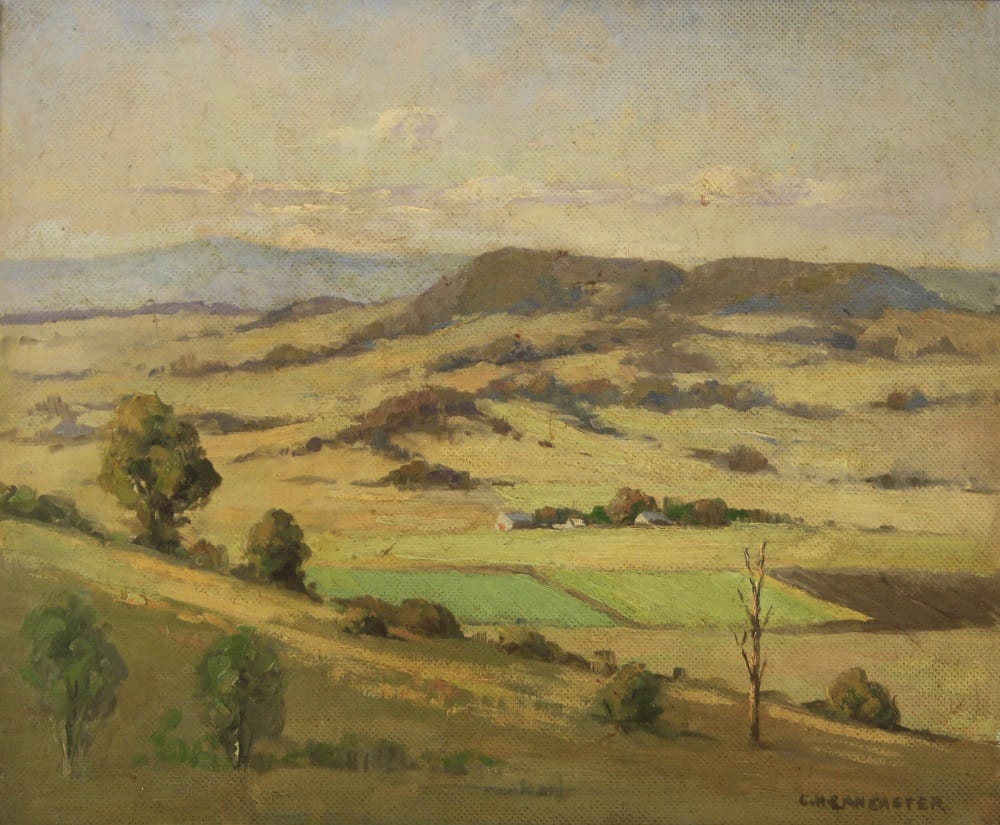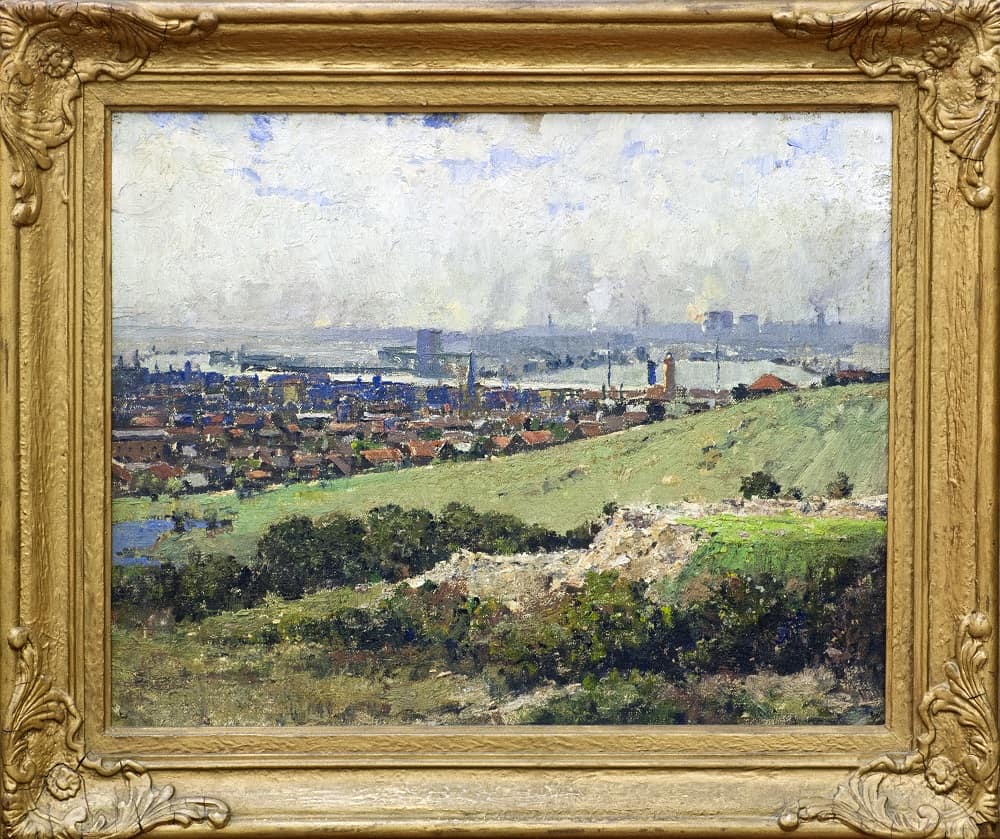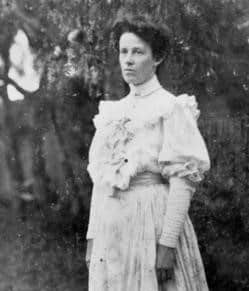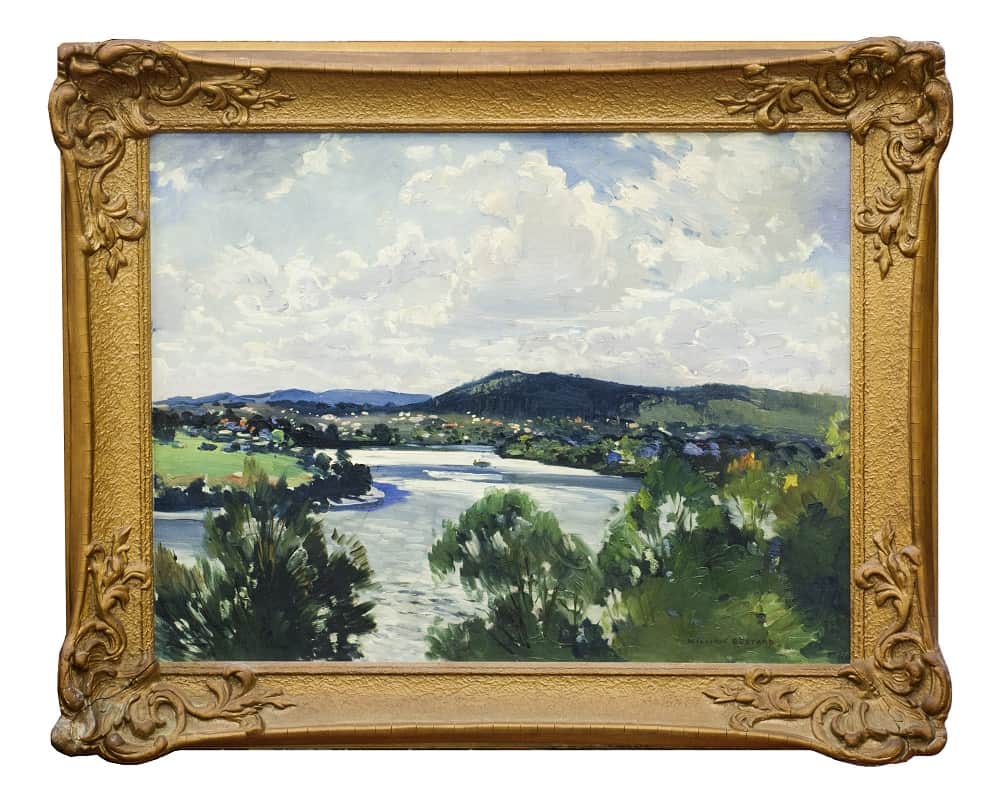An astute art collector – who wants to remain private – has made an incredible bequest that is the Ipswich Arts Foundation’s single most significant contribution by an individual to date.
To celebrate this generous bequest more than 130 works, which is only part of the total collection, is on display at the Ipswich Art Gallery with the free exhibition ‘A Private Collection’.
All that can be said of the collector is that they amassed their personal collection of Australian Art over 60 years, and as a lasting gift to fellow admirers of traditional art, they have planned for the total collection to be shared among a number of Queensland galleries.
While the identity of the collector will remain private, each of the artworks tells a story. Here is a glimpse into the lives of four of the artists whose works are featured in ‘A Private Collection’.
Open May 12 to June 5, 2018
Ipswich Art Gallery
Free entry
Open 7 days, 10am to 5pm
Macpherson Ranges from Roadvale, oil on board
Born in Melbourne in 1886, Lancaster first exhibited with Queensland Art Society in 1914 and became a key figure in the organisation. He worked as a stained glass and leadlight artist, and during WWII he served as a camouflage officer. Lancaster worked as a draughtsman for the Queensland Irrigation Commission until his retirement in 1956. Lancaster’s art was traditionally based and focused on the landscape of Brisbane and its outer suburbs.
Newcastle from the Hill, oil on board
Ashton was born in England in 1877 and came to Melbourne the following year with his parents – his father being artist Julian Rossi Ashton. Ashton worked as an art critic for many years, as well as being editor of the Sydney Sun from 1924 to 1926. He also spent five years as President of the NSW Royal Art Society. Ashton visited Brisbane in the early 1940s en route to North Queensland, where he worked as a war artist.
Still Life, watercolour on paper
Born in Pimpama in 1882, Lahey is one of Queensland’s best-loved artists and is recognised as much for her work promoting art and art education in Queensland as she is for her paintings. Lahey’s training and early career took her from the National Gallery School in Victoria to London and Colarossi’s in Parks. Her work specialises in still life, interior and occasional landscape views. Lahey was instrumental in Queensland’s art scene – she had a strong involvement with fundraising and the early impetus for the Queensland Art Gallery, and she encouraged excellence and public involvement in the visual arts. Her special interest was teaching art to children, and Lahey established and taught art classes at the Queensland Art Gallery until 1952.
Brisbane River from Dutton Park, oil on board
Bustard was born in 1894 in England and was a promising young artist, winning a scholarship to the Slade, London. He migrated to Queensland following WWI, and on arrival he designed the magnificent stained glass window in Ipswich’s Memorial Hall in Nicholas Street. Bustard worked in many mediums and on a variety of scale, including large mural and dome paintings. He became a life member of the Royal Queensland Art Society. His work is represented in the Queensland Art Gallery and Australian War Memorial.
Related story: The story behind Ipswich RSL Sub-Branch’s memorial window






